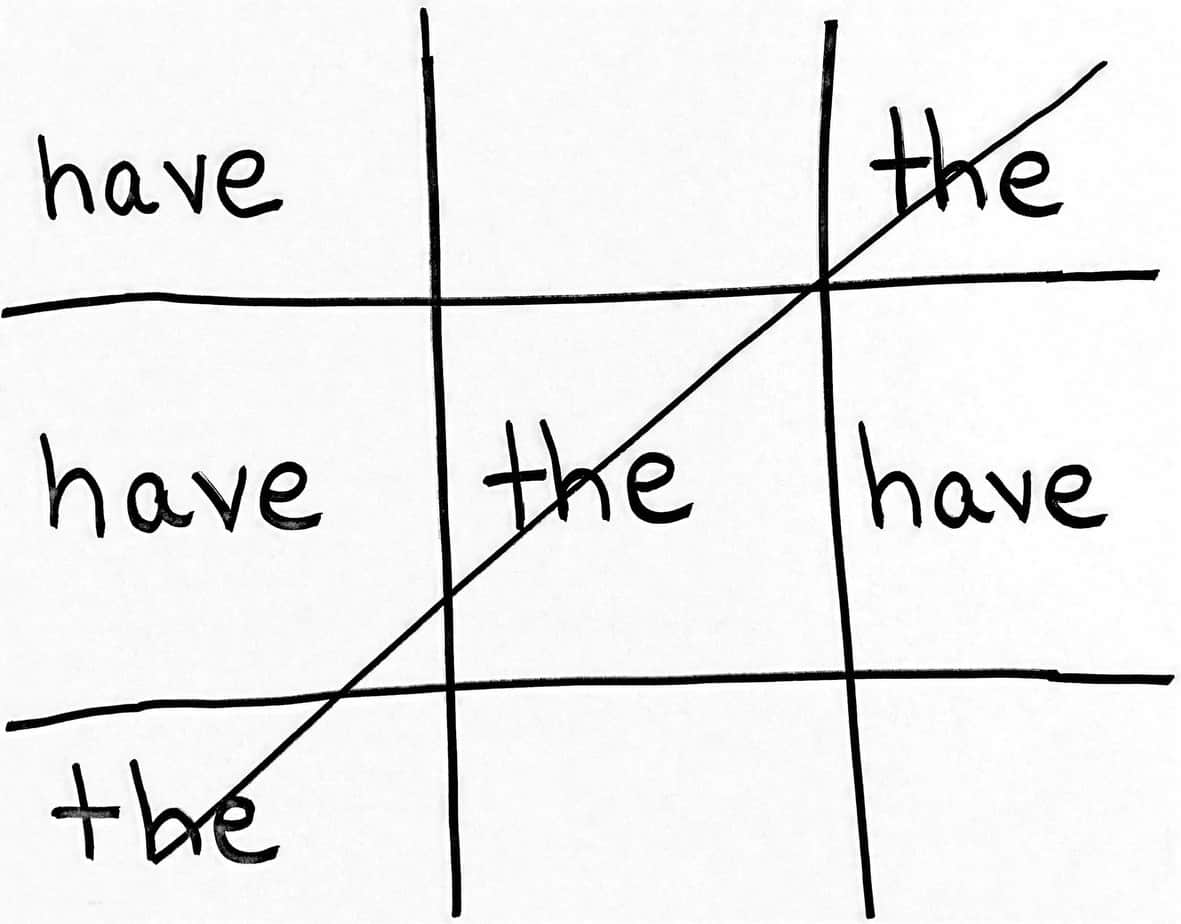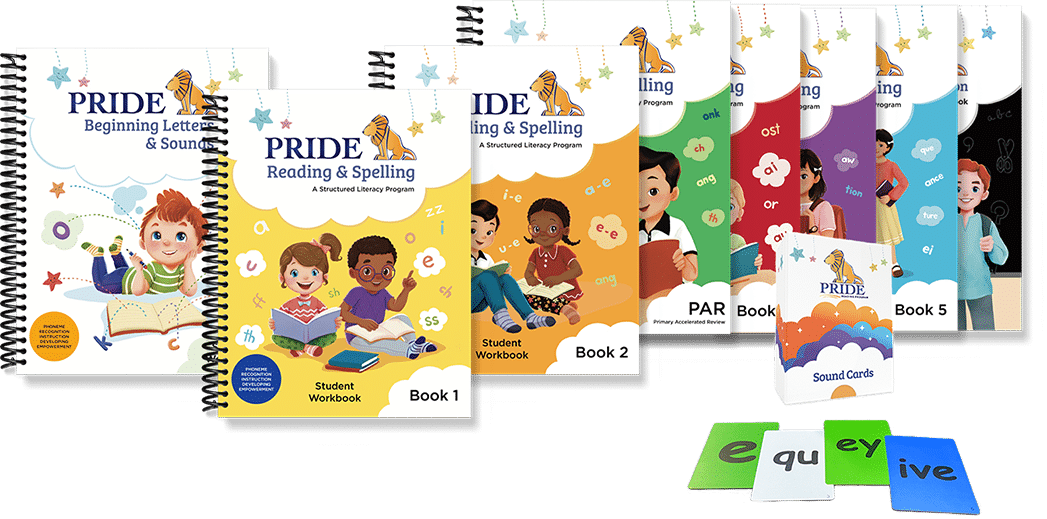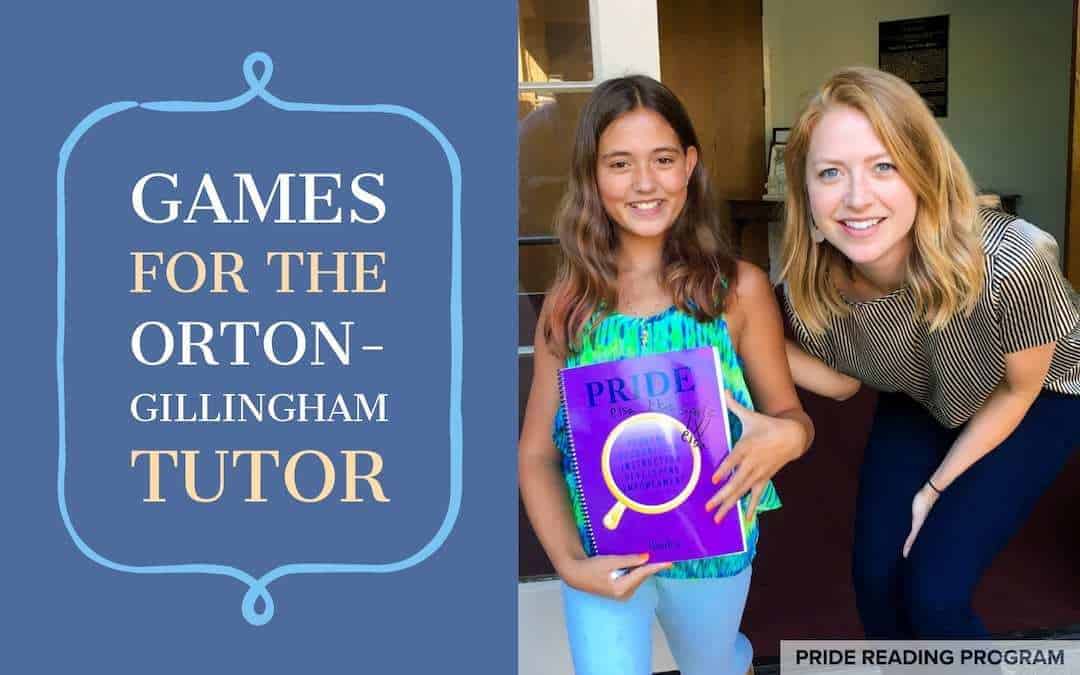If you are an Orton-Gillingham tutor then you know that sometimes it is a little bit of a struggle to keep the kids motivated. I always try hard to motivate them the best I can by making the lessons really fun and engaging but even then the kids get a bit restless. So my strategy is to motivate with a fun game after each session, something that the kids can work towards. In today’s post, I am going to share with you some fun games that every Orton-Gillingham tutor can play with the kids.
Word Junction
Directions:
- The Orton-Gillingham tutor starts by saying a word aloud. (rat)
- The student says a word that starts with the last sound of the word the tutor said. (t) (top)
- The tutor then says a word that starts with the last sound of the word the student said. (p) (pan)
- Take turns following the pattern. For example, hat – tin– nest– take– cane– not, etc.
You can make up rules along the way like, the words must have two syllables or the words must rhyme, etc. I also let my students make up the rules – they come up with some really creative ideas.
Memory
Directions:
- The Orton-Gillingham tutor cuts index cards in half or cuts out 2×2” squares from a piece of paper.
- Create pairs of cards with the same word on each card. Create an entire deck of cards containing about 10 pairs.
- Shuffle and place the cards face down all over the table.
- Student turns a card over and reads it. Then turns over another card and reads it. If the two cards match, the student gets to keep them. If they don’t match, the student puts them back in the exact spot they were at and it’s the tutor’s turn to play.
- When all cards have been matched and the table is empty the players count their cards. The person with the most cards is the winner.
Use any Orton-Gillingham skill you want with this game. It works with everything. For example, if you are working on suffixes -ive, you would use words such as cursive, negative, expensive, sensitive, positive, etc. If you are working on the short vowel i, you would use words such as him, bit, sit, lid, etc.
Switch a Letter
Directions:
- The Orton-Gillingham tutor begins by writing a three or four-letter word on a piece of paper. Say the word aloud.
- The student will then make a new word by changing one letter of the word. For example, read can be changed to real. The student will write the word under the tutor’s word and will say it aloud.
- The student then makes a new word based on the one he just created, again changing one letter in the word. Real can be changed to deal.
- The student will continue to make new words in this format until he gets stuck or it is not possible to make any more words.
I use candy with this activity (I know a lot of frowns out there). For every word my students write down, I give them a piece of candy.
Tic-Tac-Toe with Red Words

Directions:
- The Orton-Gillingham tutor has to first draw the board. Draw two lines down and two lines across making a 3×3″ grid of squares.
2. Each player picks a Red Word or Sight Word.
3. The student goes first. Instead of “o” the student will write the sight word on one of the squares.
4. The tutor goes next, and instead of “x” the tutor will write the sight word on one of the squares.
5. Whoever gets three in a row wins!
I Have a Resource for You!
Thank you for reading my post today. You might also enjoy reading my previous posts:
Multisensory Reading Activity: Beach Ball Toss
Please don’t leave without checking out the PRIDE Reading Program. The PRIDE Reading Program is an Orton-Gillingham curriculum that is used by teachers, tutors, and homeschooling parents worldwide with great success.



